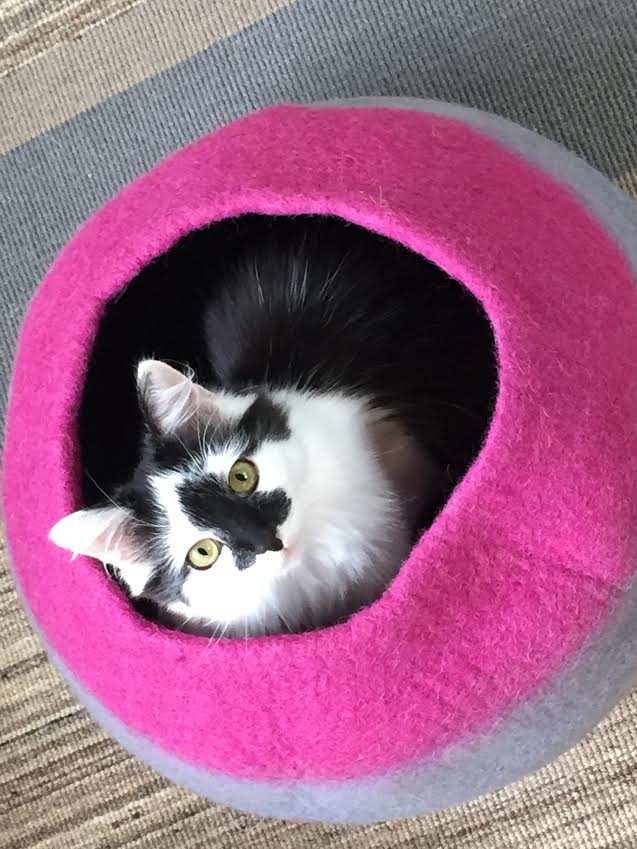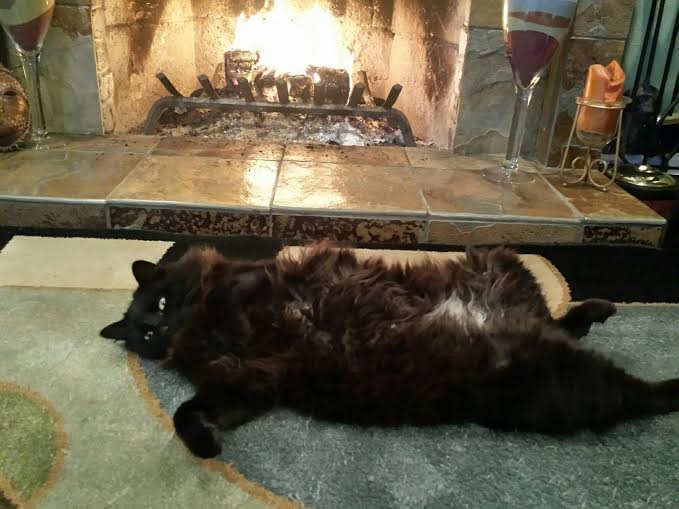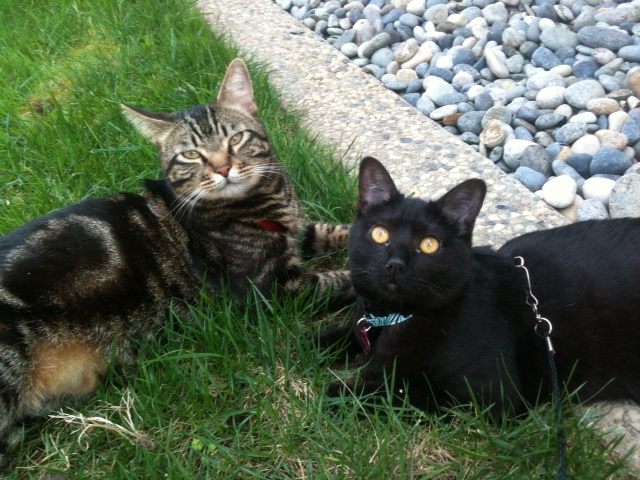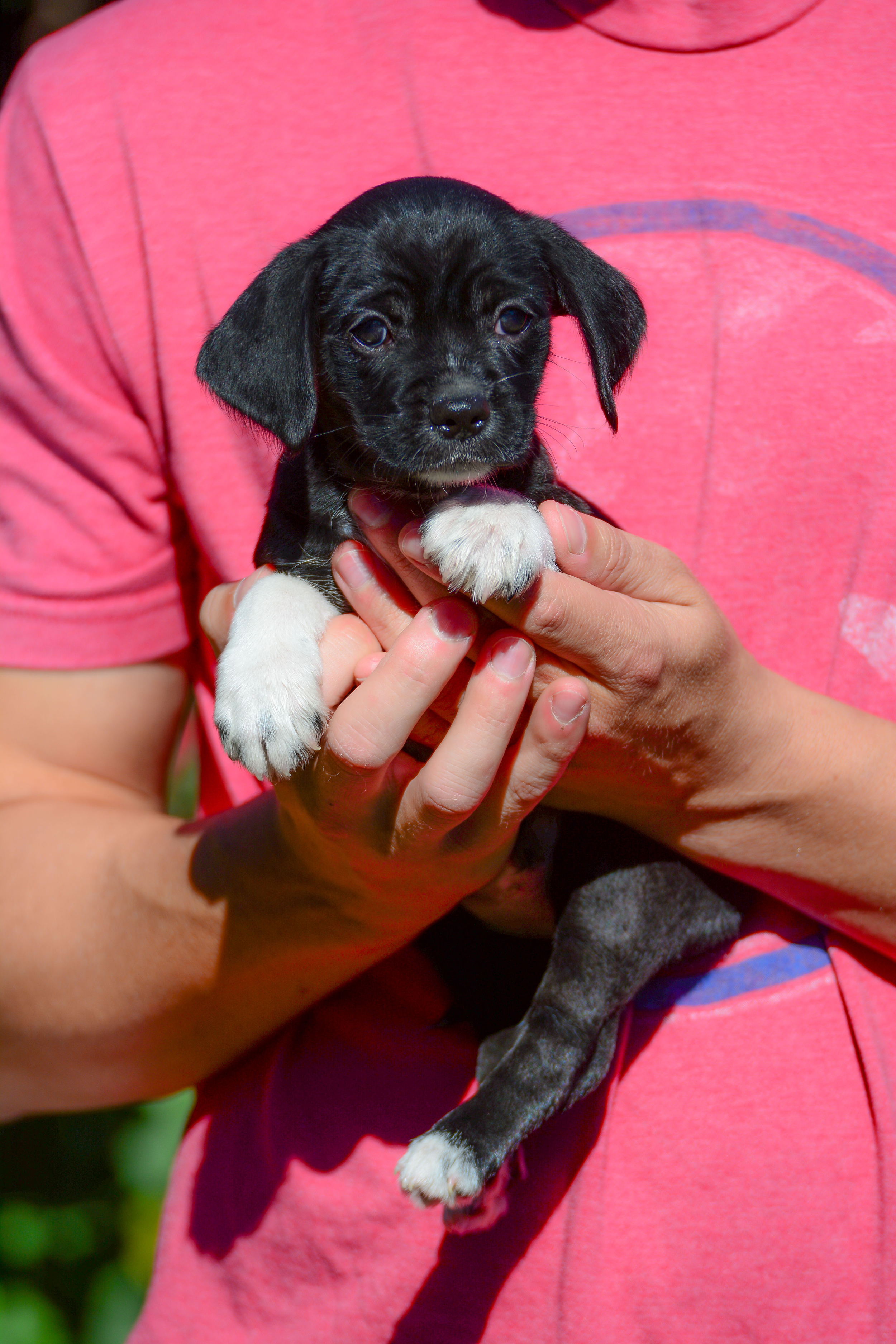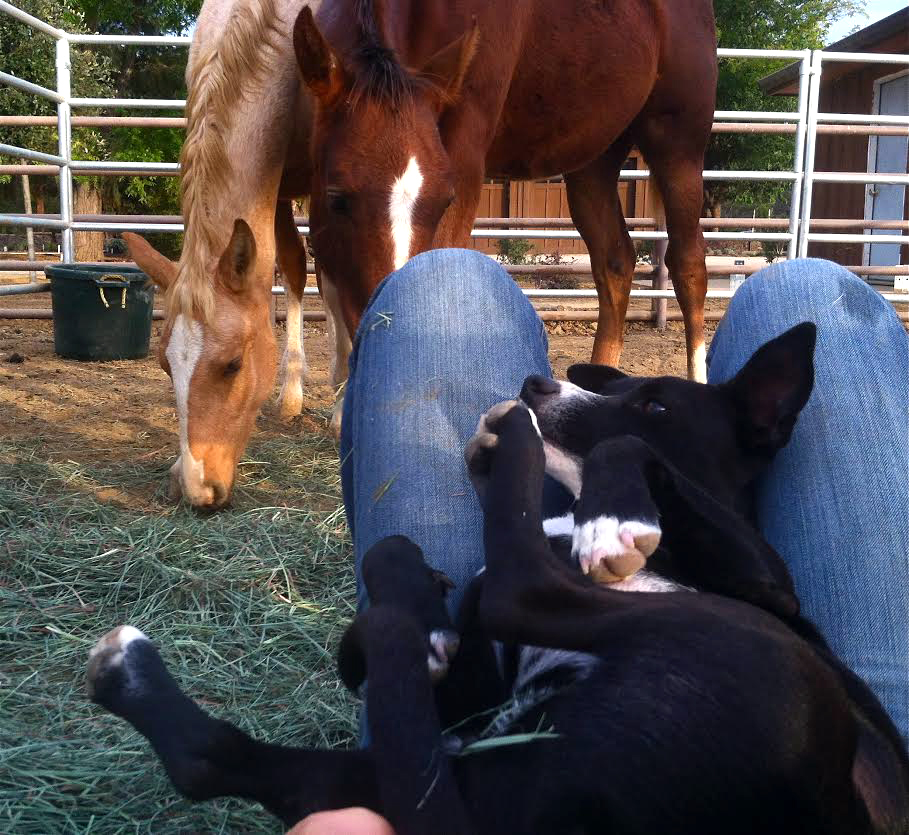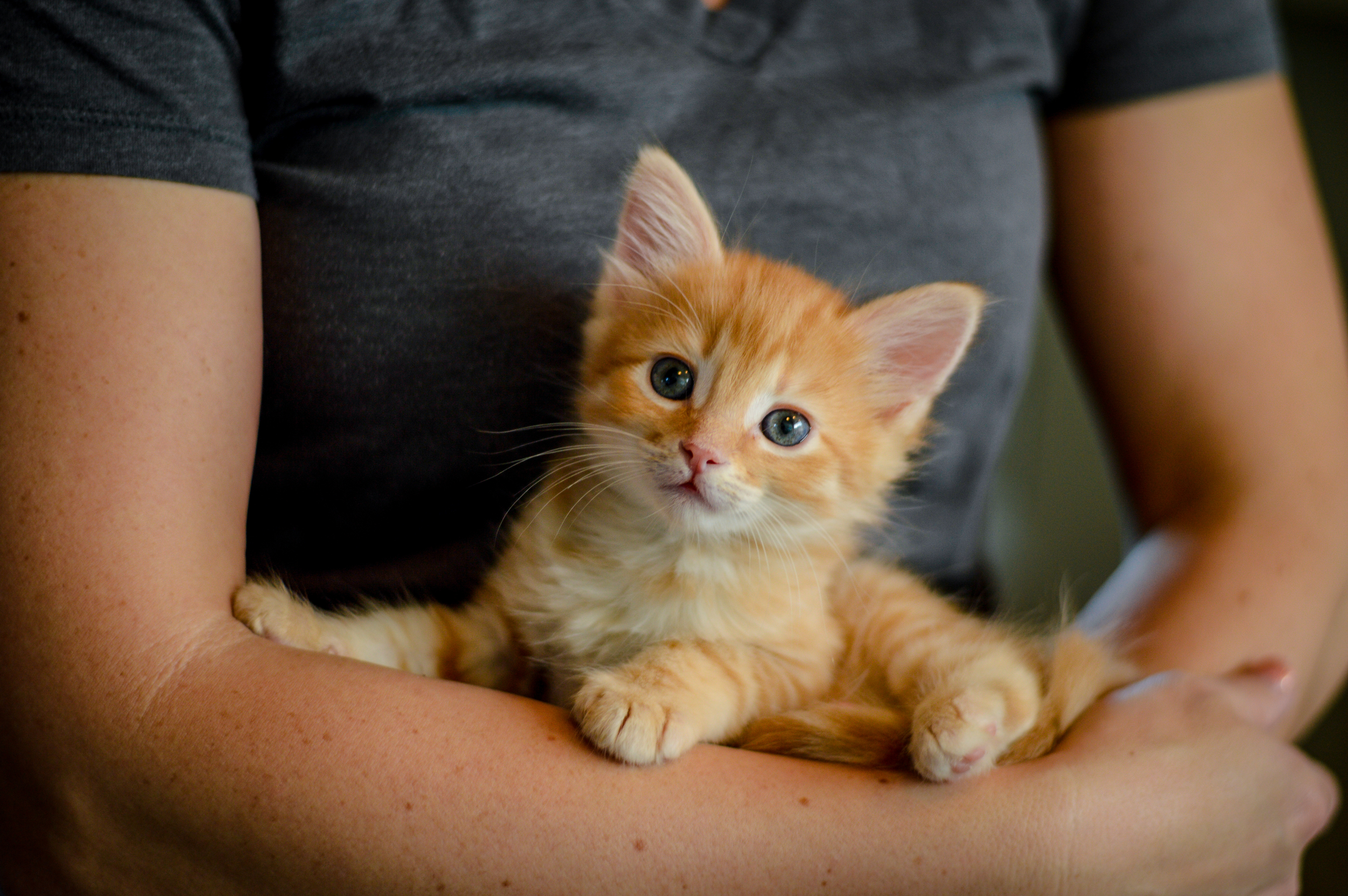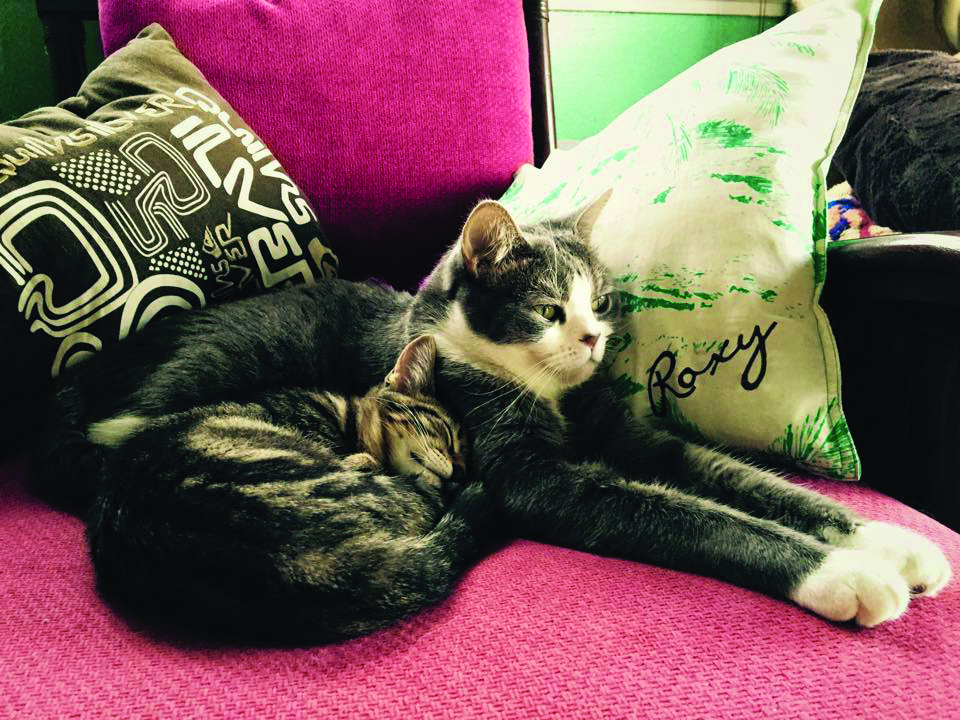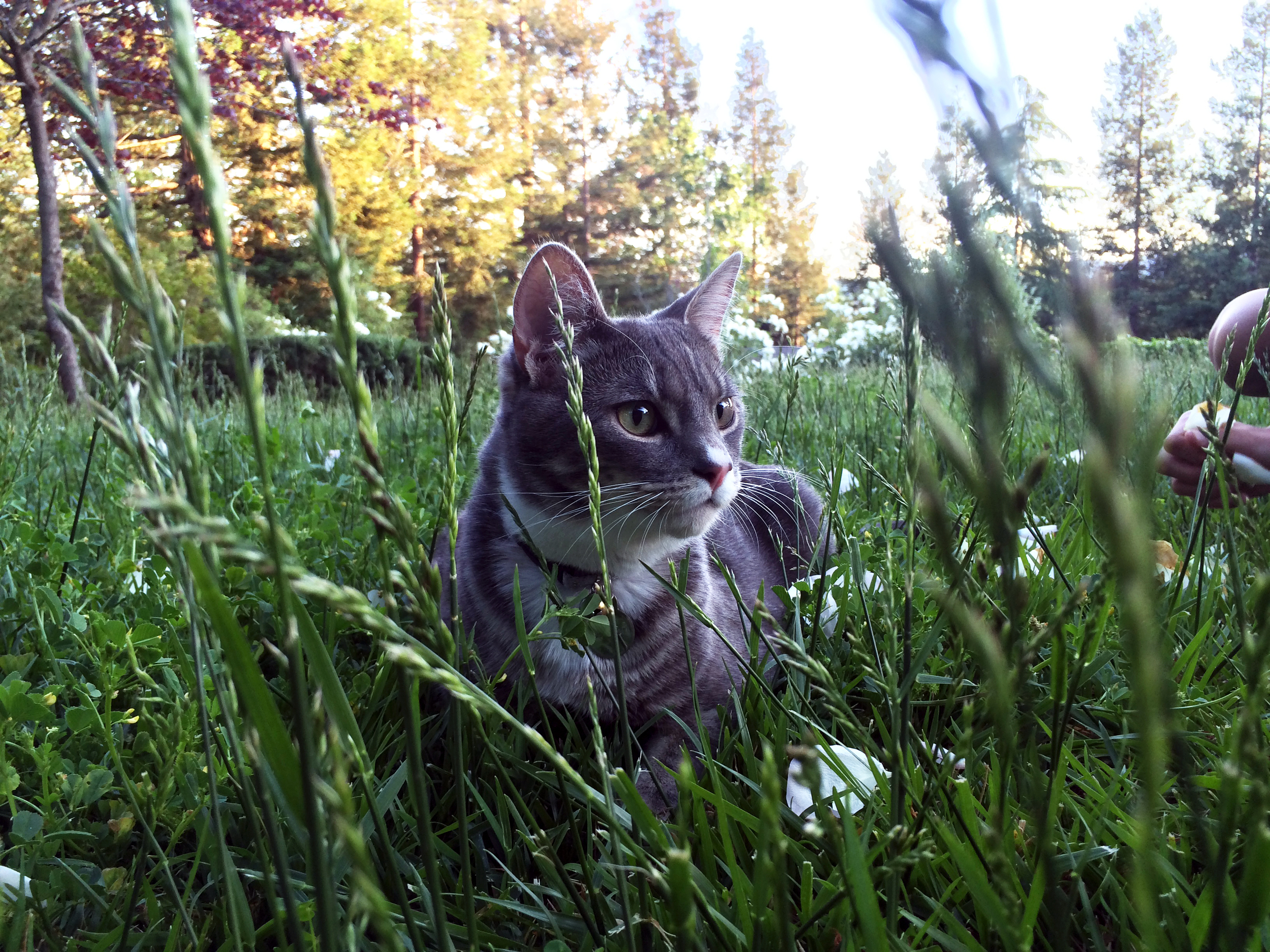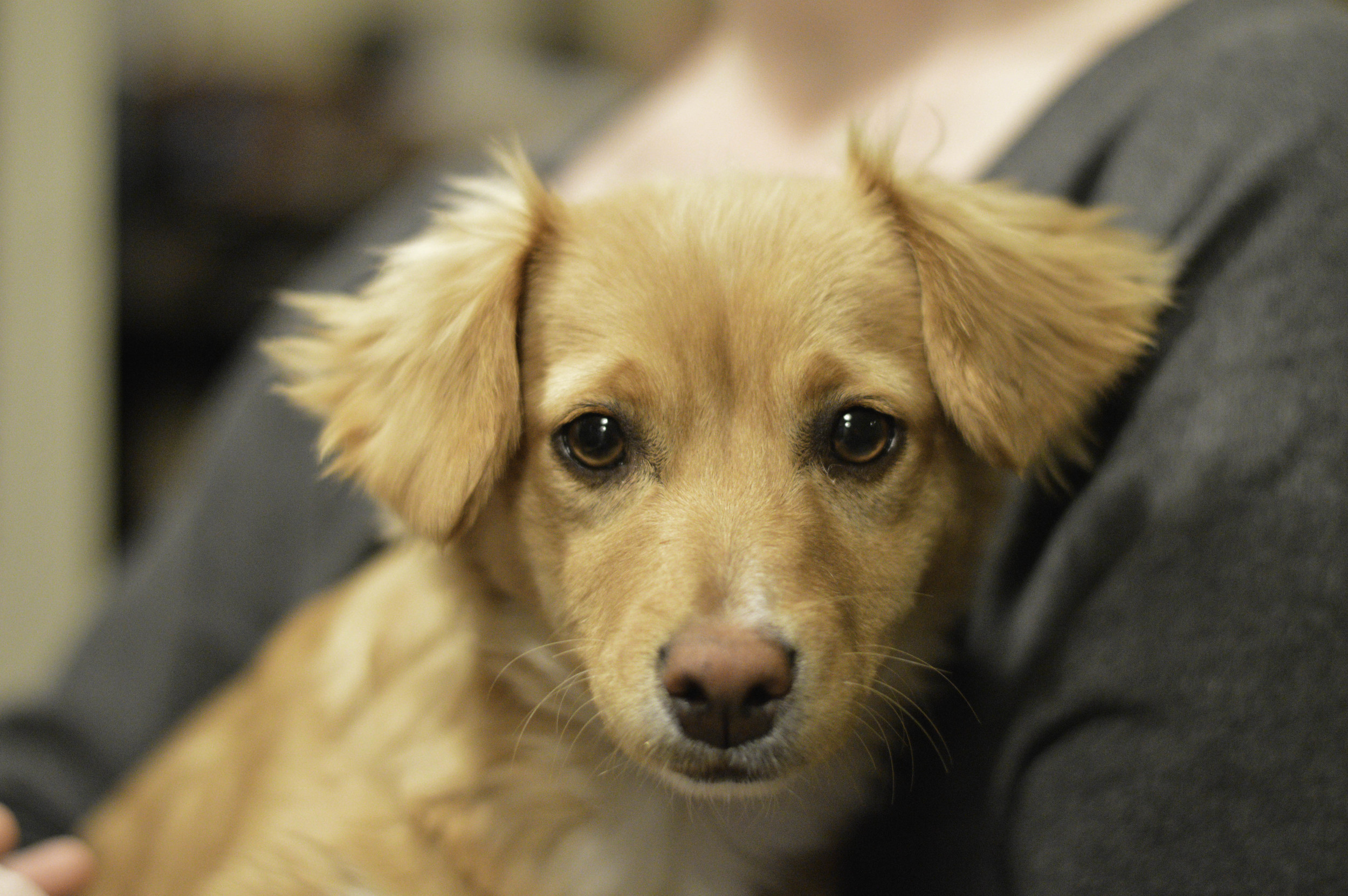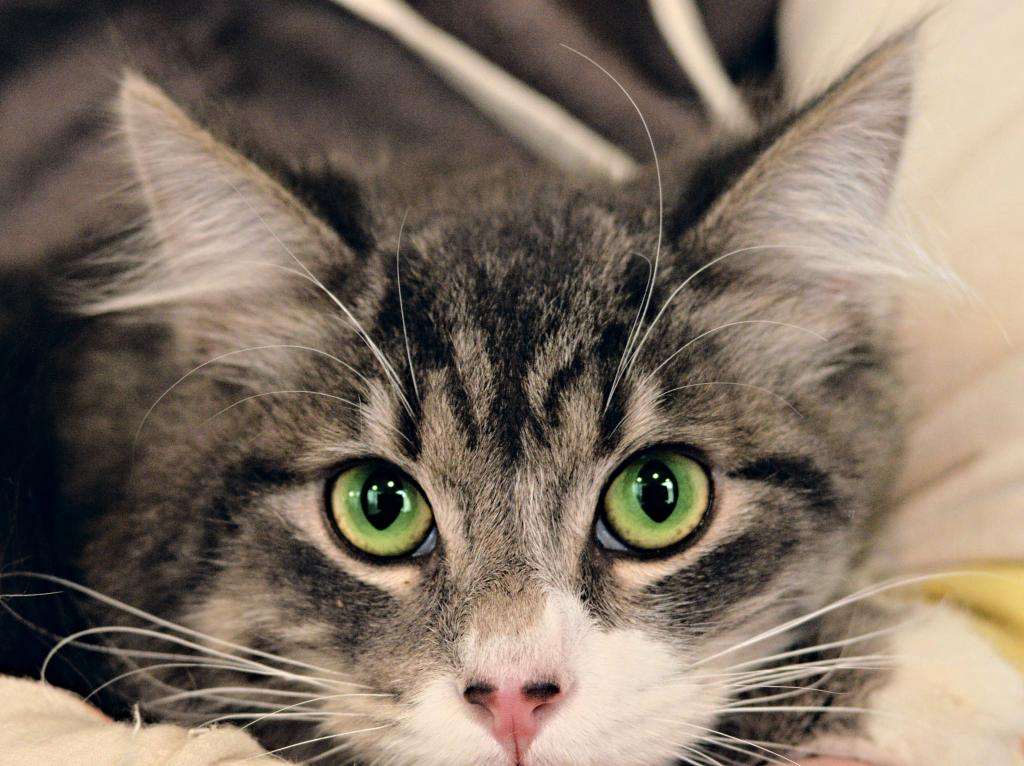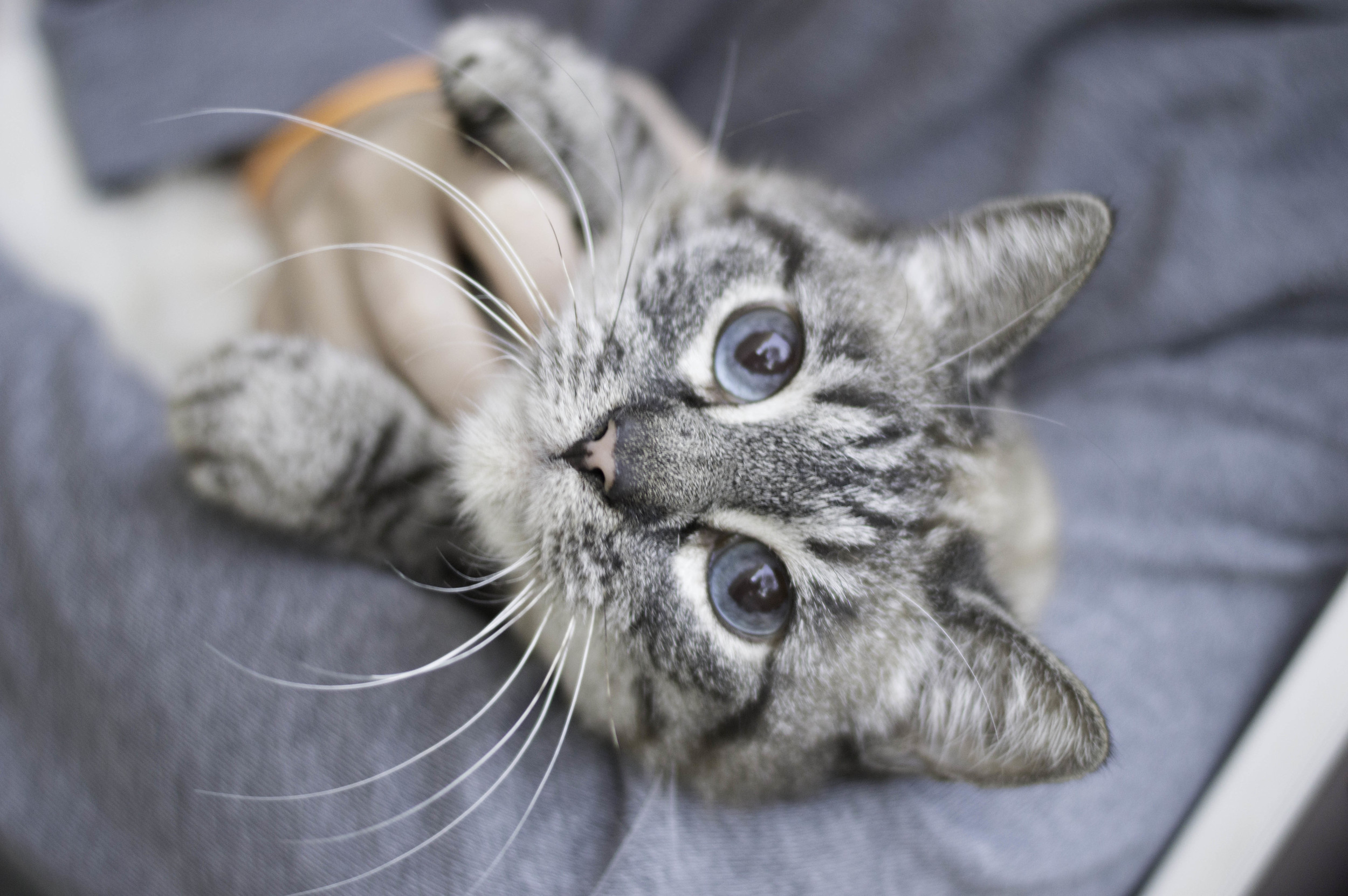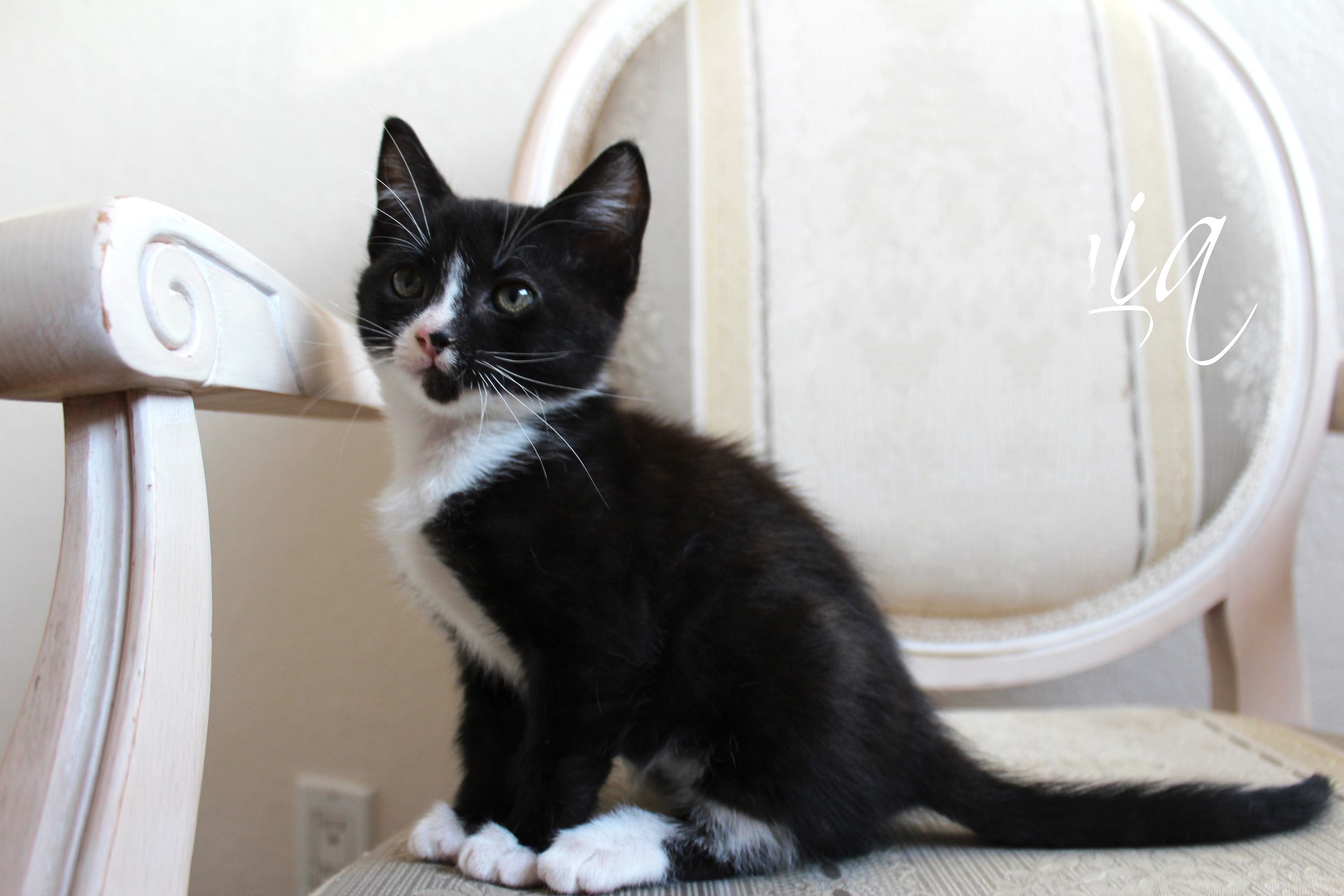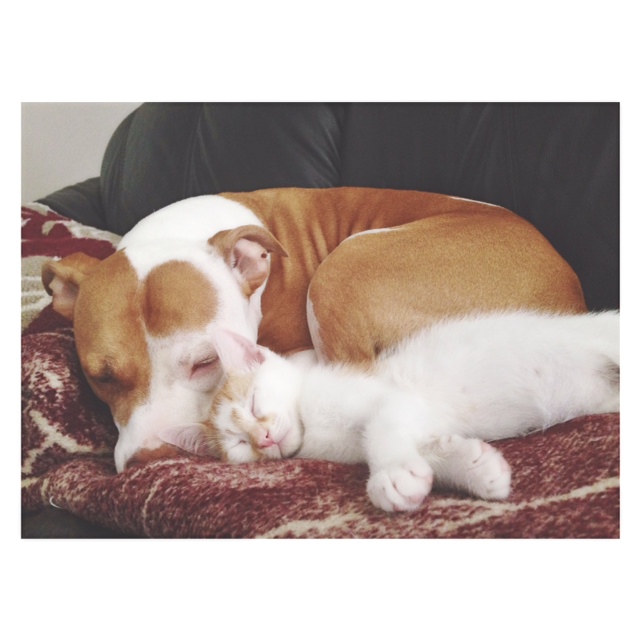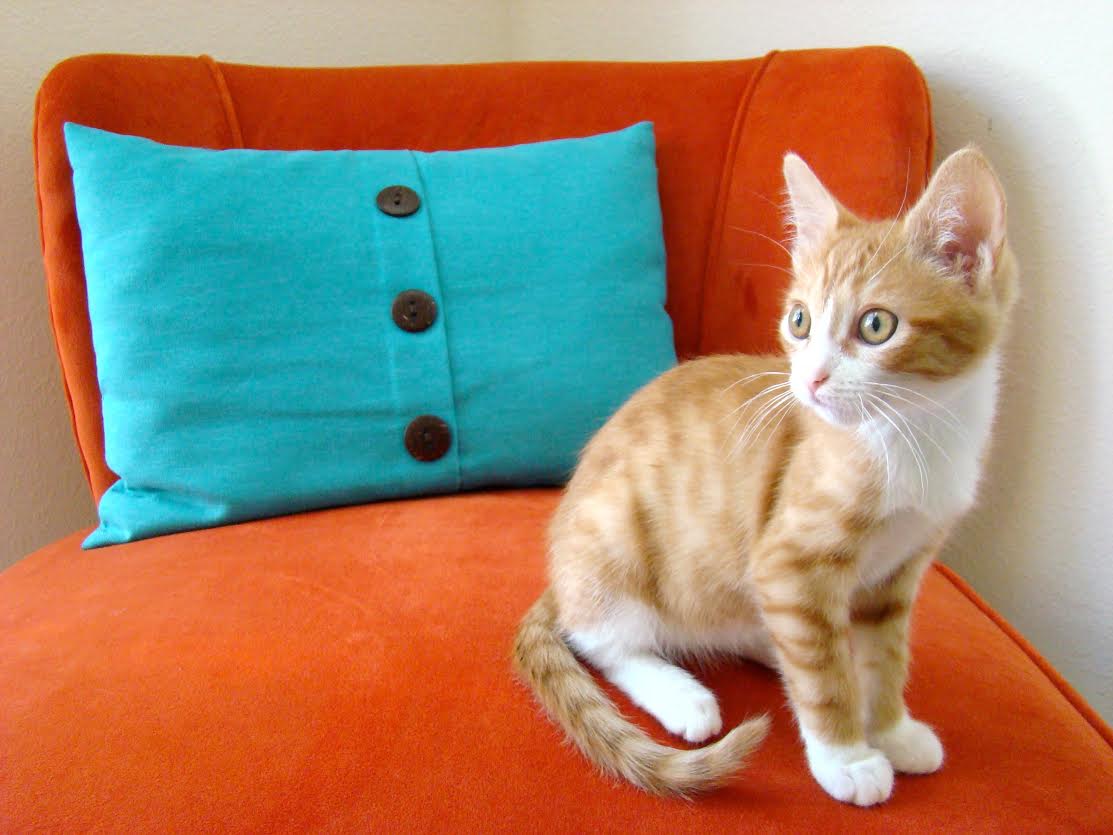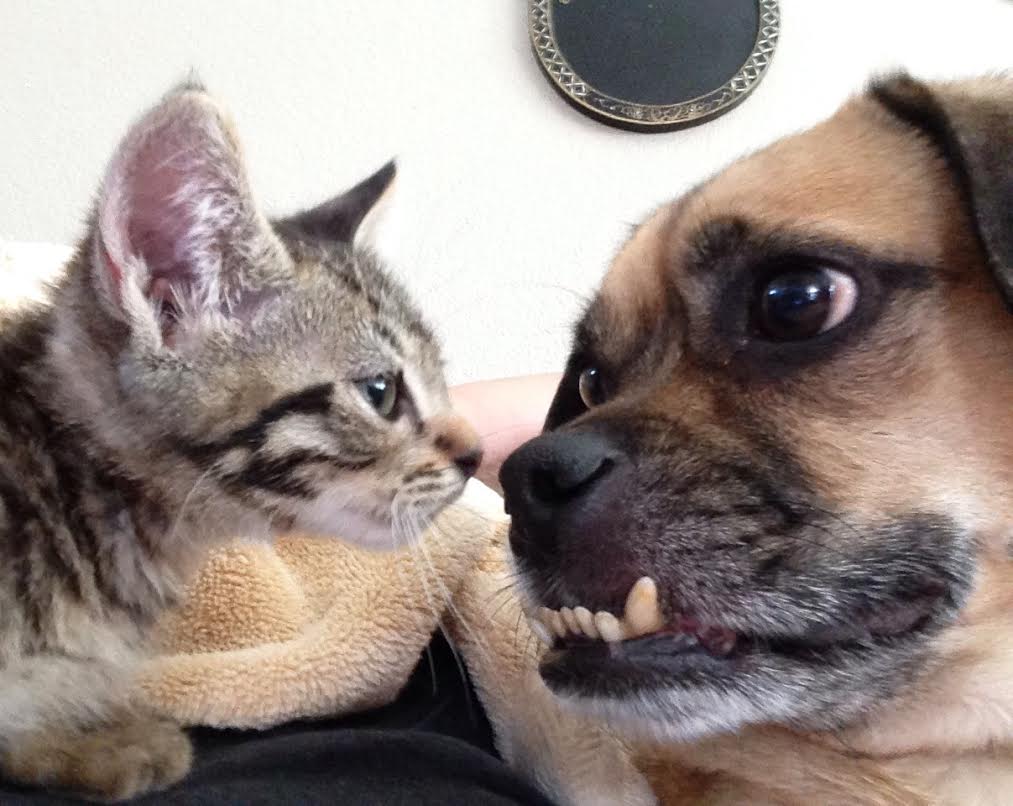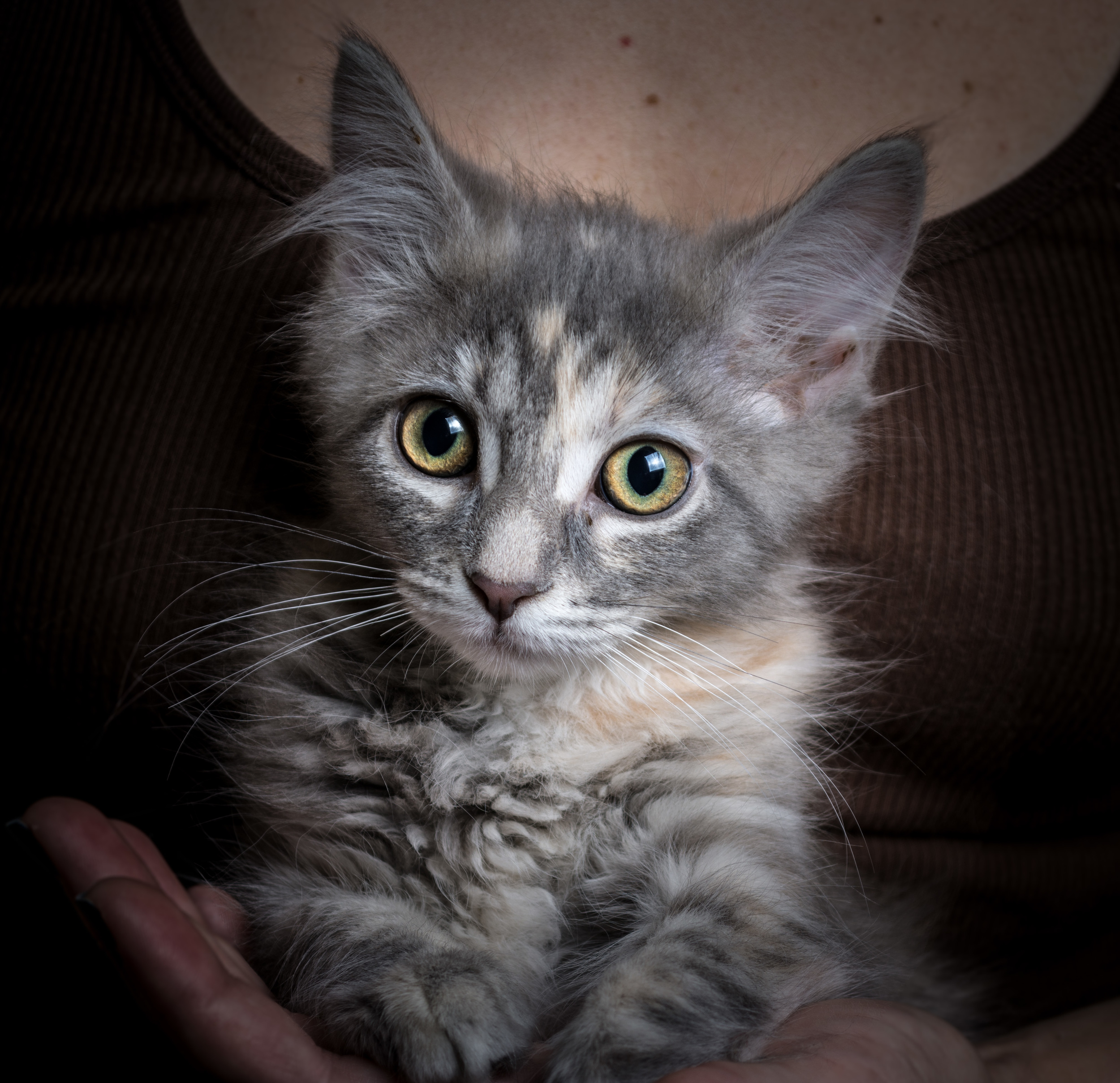Puppy Housetraining Checklist
Congratulations on adopting your new dog! Here are some helpful hints for success
Strongly recommended to crate-train puppy – vital for both housetraining and chew-training
Crate-training exploits puppy’s instinct to keep his bed clean – gradually tones up his flabby little puppy muscles
Puppy muscles weaker, bladder smaller, frequent meals – much more frequent elimination
Likely elimination times:
- First thing in the morning (very first thing)
- After eating
- After waking from a nap
- Young puppies (8 – 10 weeks) usually need to go out every hour at least
- Last thing before bed
If puppy doesn’t eliminate on any particular outing, crate him with a chew toy to avoid an accident (puppy is full or near full! Try again in 30 minutes.
Another option is to attach puppy’s leash to your belt loop to keep him right by your side while in the house, until you take him out again. Much less likely to have an accident when right next to you.
Do not leave puppy in crate too long as this will force him to soil it and may result in a ruining of his tendency to want to keep it clean.
Crate duration rules of thumb
- 8 – 10 week old puppies: one hour at a time in crate max
- 11 – 12 week old puppies: two hours at a time in crate
- 13 – 16 week old puppies: three hours at a time in crate
- 17 – 20+ week old puppies: four hours at a time in crate
Use a long-term confinement area for times that are longer than the puppy can hold in the crate (see “Starting Out Dog” handout)
Kitchen is ideal confinement area – not too large, high traffic, easy to clean floor. Confine with pet-proof gates – newspaper at one end; bed, food, water, toys at other end.
Do not leave food and water out 24 / 7. Give 2 – 3 meals a day and let pup eat it’s fill during those meals then remove food until next mealtime. Always give water with meals and if weather is hot, more often. Make sure last meal is at least 3 hours before bedtime at night. Set them up for success and don’t let them drink a bunch of water right before bedtime.
Accompany puppy to eliminate – go with him rather than sending him so that:
- You know whether he’s gone or not
- You can reward at the right instant – praise and small food treat as he finishes
Don’t chit chat with puppy as you’re waiting for him to go, it’s not an outing to have fun, you’ve got a goal. Puppy will want to play with you but don’t buy into it. No distractions. Completely ignore puppy except to say “Go Potty” and then praise and treat after he’s done.
Go to the same spot to make it easier, or at least the same kind of surface
Praise and reward all outdoor elimination for first several weeks – later can slack off (ok to continue praising)
Interrupt him (“Ah-ah! Let’s go outside!”) at the start of any mistakes indoors, then hustle him outside to finish. If he finishes outside, praise and reward this. Note: interrupt, not punish. Punishment is not a good idea in early relationships with a new dog, and of dubious value at any time. And even more importantly, if the puppy makes a mistake unsupervised, never, ever punish – there is zero connection to the act that happened many dozens, hundreds or even thousands of behaviors ago.
Clean all accidents thoroughly with an enzymatic cleanser (e.g. Nature’s Miracle)
After two or three weeks with no accidents whatsoever, add one extra room of house and supervise closely. If puppy successful, add more room every two or three weeks.
Starting at age three months, gradually extend the duration between outings – add one half hour every week or two. If puppy starts having accidents, back off and do more frequent outings for a couple weeks, then try again.
It is reasonable to expect an adult dog to hold on 4 – 5 hours max. Of course, many dogs can hold on longer, but is it humane to make them?
Crate and Confinement Training Pointers
Begin crate training right away – first day home
Practice puppy going in for small, tasty food treats
Once puppy is comfortable going in, practice waiting a few seconds inside before getting treat – then practice closing door
Gradually extend time in crate to 10 minutes with door open and closed
Put crate next to sofa, rent video and keep puppy in crate next to you while he works on stuffed Kongs and other chewies (rawhides, etc)
Put puppy in crate for 30 minutes with chewies while you’re home going about routine – visit puppy at crate every 5 – 10 minutes to reassure
Start leaving puppy alone in crate – the first few times you do this, he should be tired (just exercised), the time should be short (15 – 30 minutes) and he should have a good chewie
Get pup out to eliminate as soon as you come home after an absence
Source: MOST OF THIS INFORMATION IS FROM THE SAN FRANCISCO SPCA’S PUBLICATION: “Post-Adoption Puppy Housetraining Checklist” with some modifications made and additional notes added by Tailchaser Rescue




